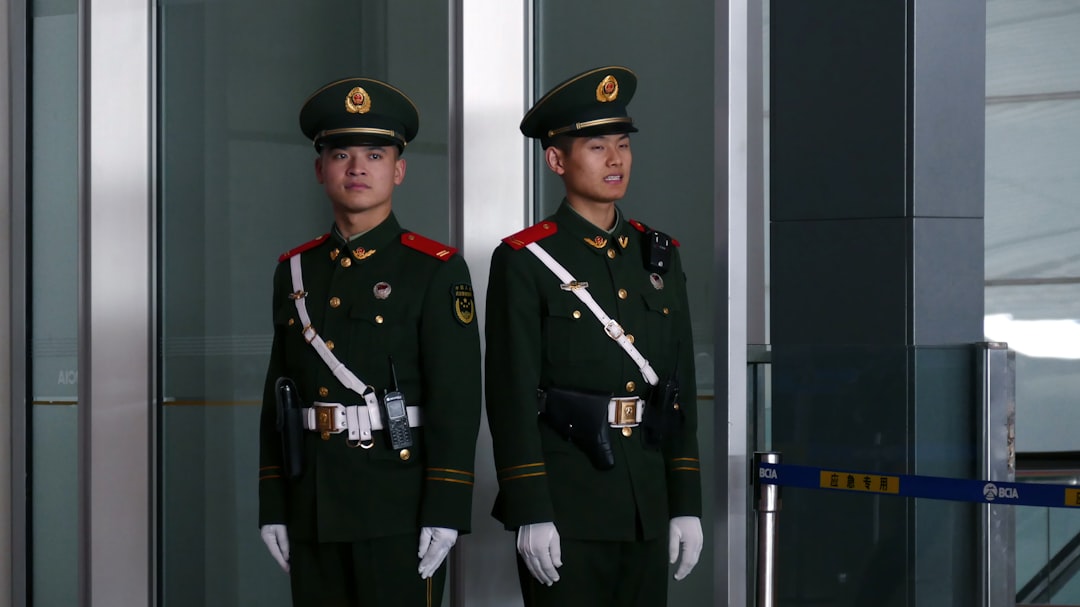Introduction: A New Nuclear Reality
In recent years, China’s nuclear strategy has become a central topic in global security discussions. The country’s “Assured Retaliation” doctrine, which focuses on maintaining a credible second-strike capability, has sparked widespread concern. This strategy, rooted in deterrence, is reshaping the geopolitical landscape and raising questions about the balance of power in Asia and beyond.
Understanding ‘Assured Retaliation’
At its core, the “Assured Retaliation” doctrine ensures that China can survive a nuclear first strike and respond with devastating force. This approach relies on a survivable nuclear arsenal, including advanced intercontinental ballistic missiles (ICBMs), submarine-launched ballistic missiles (SLBMs), and a growing fleet of nuclear-powered submarines. By guaranteeing a second-strike capability, China aims to deter adversaries from initiating nuclear conflict.
What sets China’s strategy apart is its deliberate ambiguity. Unlike the United States and Russia, which operate under the principle of “mutually assured destruction” (MAD), China remains opaque about its nuclear capabilities. This lack of transparency has fueled speculation and heightened unease among neighboring countries and global powers.
Regional Tensions: A Spiral of Uncertainty
China’s nuclear doctrine has significantly impacted its neighbors. India, for example, views China’s growing nuclear arsenal with increasing suspicion. The two nations share a contentious border, and India’s “No First Use” (NFU) policy is under scrutiny as China expands its capabilities. Experts suggest that India may need to reassess its nuclear posture to maintain a credible deterrent.
Non-nuclear states like Japan and South Korea are also alarmed. For these nations, China’s nuclear ambitions add complexity to an already volatile region. Japan has called for enhanced missile defense systems and stronger security ties with the United States to counter the perceived threat.
Global Implications: A Shifting Balance of Power
On the global stage, China’s “Assured Retaliation” doctrine has reignited debates about nuclear proliferation and arms control. The United States, long the dominant nuclear power, now faces a formidable challenger in China. This shift has prompted calls for renewed arms control talks, but China’s reluctance to engage has only increased tensions.
Moreover, China’s strategy could inspire other nations to pursue similar nuclear capabilities, potentially triggering a dangerous arms race. This undermines decades of efforts to limit the spread of nuclear weapons and threatens global stability.
The Path Forward: Diplomacy and Deterrence
As China continues to modernize its nuclear forces, the international community must address the implications of its “Assured Retaliation” doctrine. Greater transparency from China could help build trust and reduce tensions. At the same time, other nations must avoid overreacting, which could escalate the situation.
A balanced approach combining diplomacy, deterrence, and arms control offers the best path forward. The world must navigate this new nuclear reality with caution, recognizing that the stakes are higher than ever.
Conclusion: A World on Edge
China’s “Assured Retaliation” doctrine has undeniably sent the world into a spiral of uncertainty. As global powers grapple with this evolving threat, the challenge is to find a way to coexist in an increasingly volatile nuclear landscape.
NextMinuteNews
Your source for timely, insightful, and impactful news analysis.




